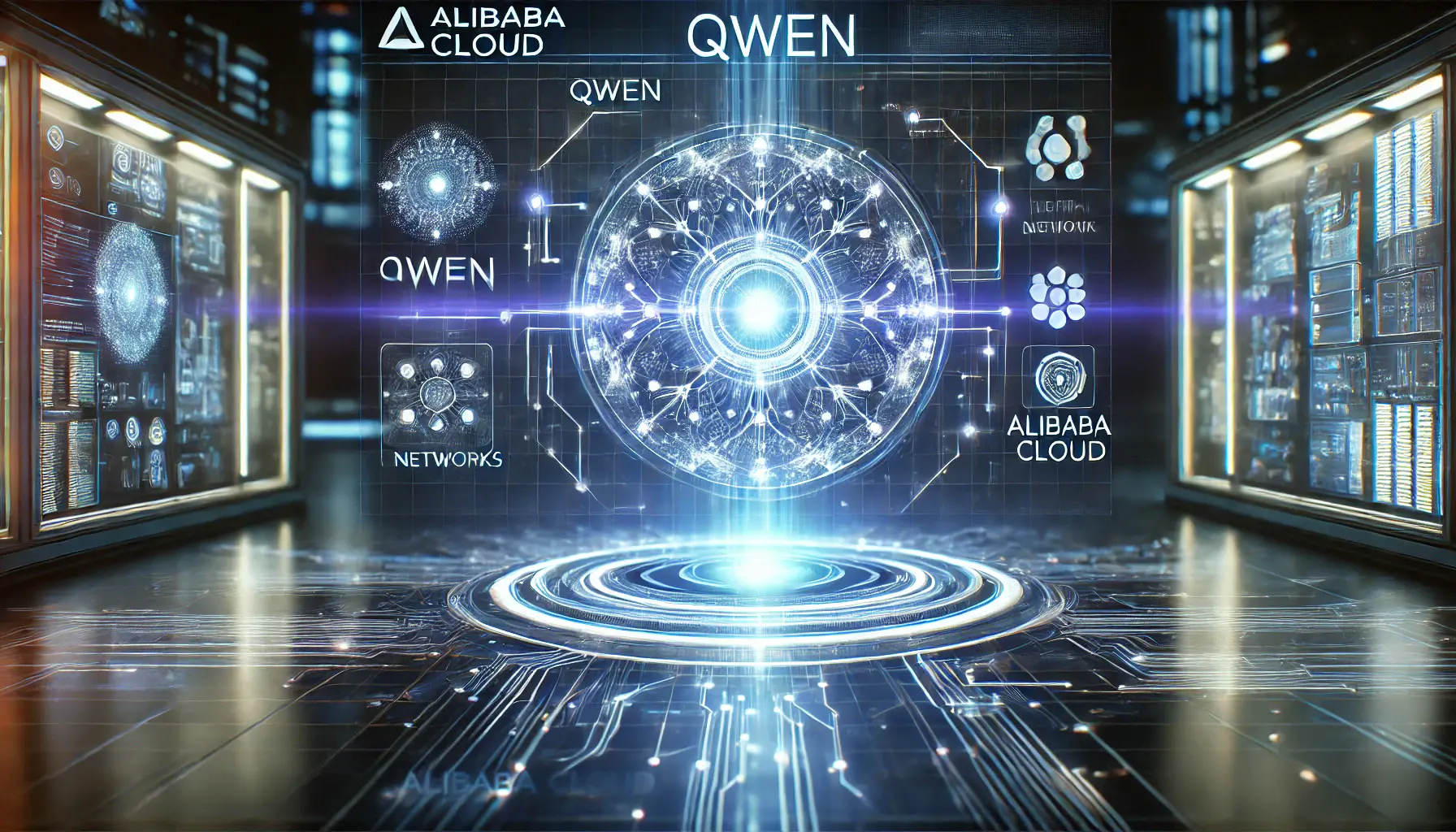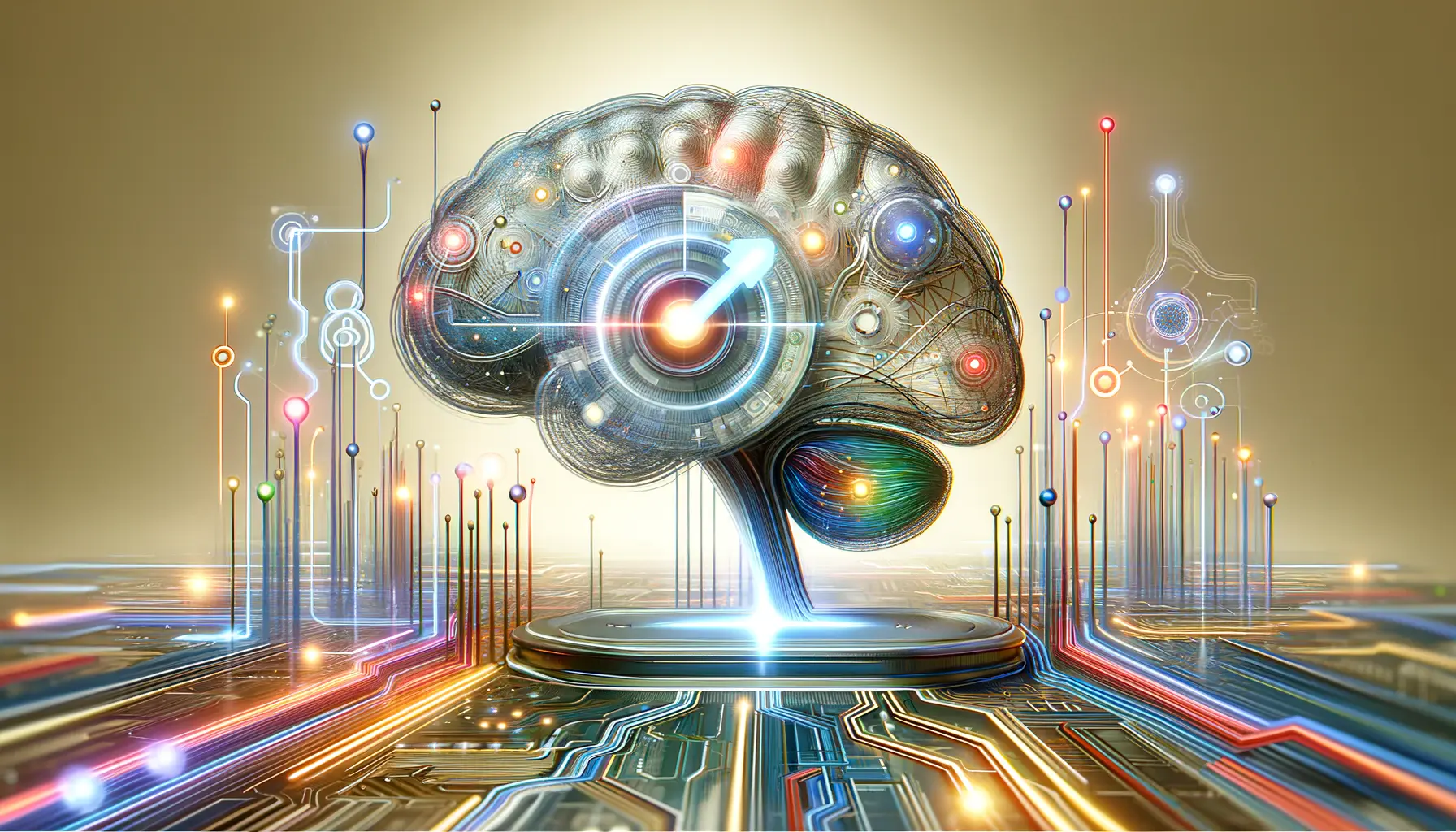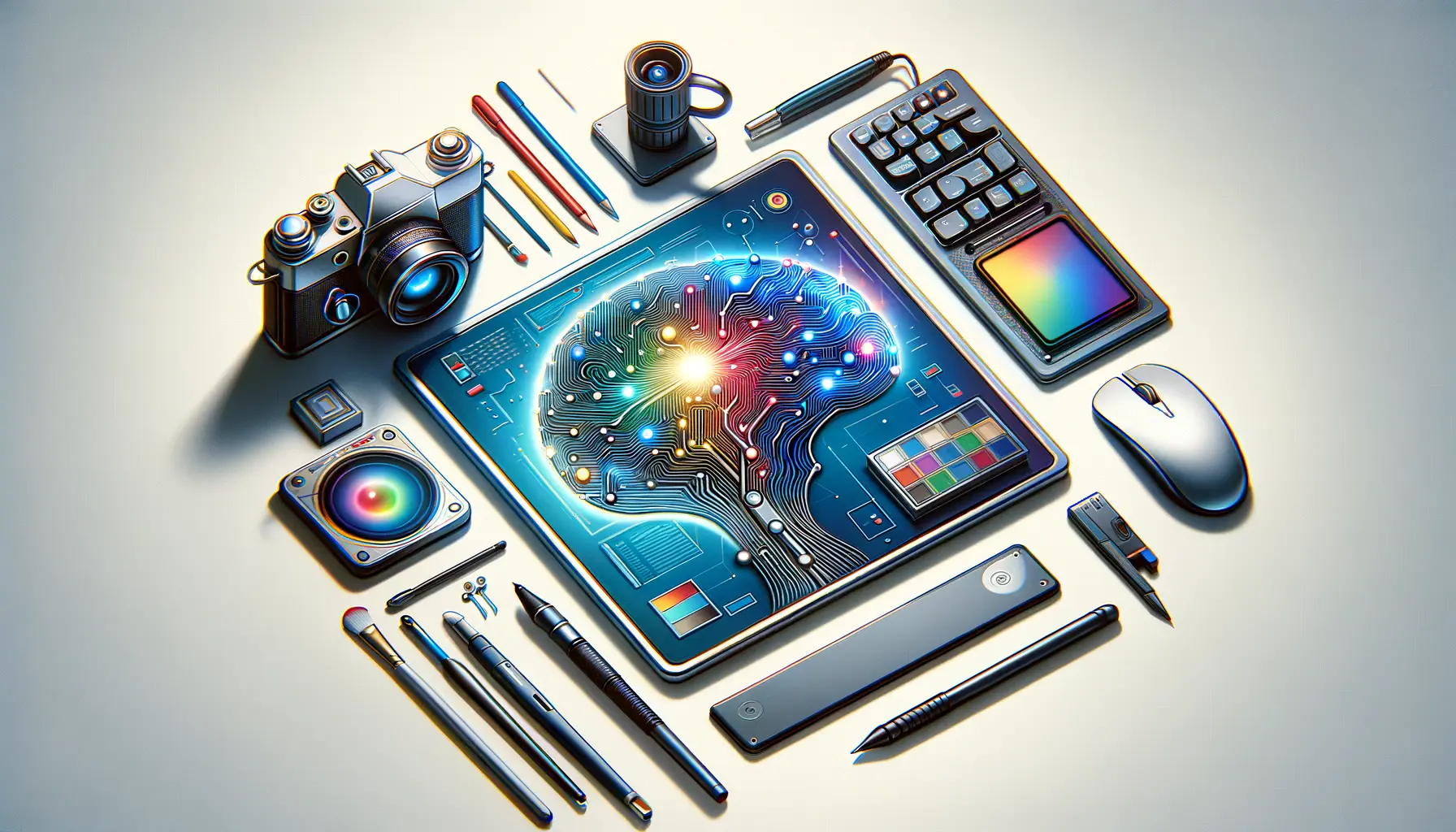Engaging audiences in today’s digital landscape requires more than just compelling content; it demands a strategic approach powered by the latest advancements in artificial intelligence.
Google’s Bard, a conversational AI developed by one of the most influential tech giants, stands at the forefront of this revolution.
This tool is not just about automating content creation; it’s about enhancing the quality of interaction between the content and its consumers.
By leveraging Google Bard, creators and marketers can unlock new potentials in content engagement, making every piece of content not just seen but felt and interacted with by the audience.
The essence of engaging content lies in its ability to resonate with the reader, offering them value, insight, and a memorable experience.
Google’s Bard, with its advanced AI capabilities, offers a unique opportunity to achieve this by providing insights into user behavior, preferences, and content trends.
This article aims to explore the myriad ways in which Google Bard can be harnessed to craft content that captivates, informs, and drives engagement.
Through a blend of creativity and AI-powered efficiency, we embark on a journey to redefine content engagement in the digital age.
- Understanding Google Bard’s Capabilities
- Optimizing Content for SEO with Google Bard
- Personalizing Content with Google Bard
- Enhancing User Engagement with Interactive Content
- Leveraging Bard for Content Distribution Strategies
- Monitoring and Analyzing Content Performance with Bard
- Future of Content Creation with Google Bard
- Revolutionizing Content Creation: The Role of Google’s Bard
- Engaging Content with Google Bard: FAQs
Understanding Google Bard’s Capabilities
At its core, Google Bard is designed to function as a conversational AI, capable of generating human-like text based on a vast database of information.
This feature alone makes it an invaluable tool for content creators looking to produce relevant and engaging material.
By understanding the capabilities of Google Bard, creators can tailor their content strategies to leverage AI’s potential to generate ideas, refine narratives, and even predict audience responses.
One of the key strengths of Google Bard is its ability to process and analyze large volumes of data quickly.
This enables it to offer real-time insights into trending topics, audience interests, and content performance metrics.
For content creators, this means having access to a dynamic tool that can adapt to the ever-changing digital landscape, ensuring that their content remains relevant and engaging.
Generating Ideas and Outlines
Brainstorming content ideas can often be a daunting task, especially when aiming for originality and relevance.
Google Bard simplifies this process by providing a platform where creators can input basic concepts or keywords and receive a variety of content ideas and outlines.
This not only saves time but also introduces a level of creativity and diversity that might not be achievable through traditional brainstorming methods.
Moreover, the ability to generate detailed outlines allows creators to structure their content effectively, ensuring that it flows logically and covers all necessary points.
This structured approach to content creation not only enhances readability but also improves the overall quality of the content, making it more engaging for the audience.
Leveraging Google Bard for content idea generation and outline creation can significantly enhance the creativity and efficiency of your content creation process.
Optimizing Content for SEO with Google Bard
Search Engine Optimization (SEO) remains a critical component of digital content strategy, determining the visibility and reach of your content.
Google Bard’s integration into the content creation process can significantly enhance SEO efforts, making content not only engaging but also discoverable.
By understanding and applying Bard’s capabilities, creators can ensure their content ranks higher on search engine results pages (SERPs), driving more organic traffic to their sites.
Google Bard can assist in identifying the right keywords and phrases that resonate with your target audience.
This AI tool goes beyond simple keyword suggestions; it analyzes search trends and user behavior to recommend keywords that have a higher likelihood of boosting your content’s SEO performance.
Incorporating these suggestions can make your content more relevant and appealing to both search engines and readers.
Enhancing Keyword Strategy
- Identify primary and secondary keywords: Google Bard can help pinpoint not just primary keywords but also secondary and long-tail keywords that can improve your content’s searchability.
- Analyze keyword competitiveness: Bard’s insights into keyword trends can guide you in choosing less competitive keywords with high search volumes, optimizing your chances of ranking higher.
Improving Content Relevance and Quality
- Content Tailoring: Use Bard to tailor your content to match the search intent of your target audience, making it more likely to be ranked favorably by search engines.
- Content Refreshing: Regularly update your content based on Bard’s analysis of trending topics and emerging keywords to keep it relevant and engaging over time.
Incorporating Google Bard into your SEO strategy not only enhances your content’s visibility but also ensures it remains aligned with the latest search trends and user preferences.
Personalizing Content with Google Bard
Personalization is key to creating content that resonates with your audience on a deeper level.
In today’s saturated digital space, content that speaks directly to the interests, needs, and preferences of your audience stands out.
Google Bard’s AI capabilities can be leveraged to analyze audience data and generate personalized content recommendations, ensuring that your content marketing efforts hit the mark every time.
By feeding Google Bard with data on audience behavior, preferences, and engagement patterns, content creators can obtain insights into what their audience truly cares about.
This information can then be used to tailor content topics, tones, and formats to meet the unique needs of different audience segments, enhancing engagement and loyalty.
Segmenting Your Audience
- Demographic Analysis: Utilize Bard to analyze and segment your audience based on demographics such as age, location, and interests, enabling more targeted content creation.
- Behavioral Insights: Dive deeper into the behaviors and preferences of your audience segments with Bard’s analysis, tailoring your content strategy to match their consumption patterns.
Creating Customized Content Experiences
- Dynamic Content Creation: Generate dynamic content that adapts to the interests and past interactions of your audience, making each piece of content feel personally crafted for the reader.
- Interactive Content: Use insights from Bard to design interactive content elements that engage directly with the user, such as quizzes, polls, and personalized recommendations.
Embracing personalization through Google Bard not only enhances the relevance of your content but also fosters a stronger connection with your audience, driving engagement and loyalty.
Enhancing User Engagement with Interactive Content
Interactive content has emerged as a powerful tool to increase user engagement and provide value in a memorable way.
Google Bard’s AI can play a pivotal role in creating content that invites audience participation, from quizzes and surveys to interactive infographics.
This type of content not only enriches the user experience but also encourages longer site visits and increases the likelihood of shares and conversions.
Utilizing Google Bard, creators can devise interactive content strategies that are both innovative and aligned with their audience’s interests.
By analyzing user data and current trends, Bard can suggest topics and formats for interactive content that are likely to engage and captivate your target audience.
Developing Quizzes and Polls
- Topic Selection: Use Bard to identify trending topics and questions that resonate with your audience, ensuring your quizzes and polls are timely and relevant.
- Personalization: Tailor quiz questions and poll options based on user data and preferences for a personalized interaction that boosts engagement.
Creating Interactive Infographics
- Data Visualization: Bard can assist in selecting the most compelling data and trends to visualize, making your infographics informative and engaging.
- Design Recommendations: Leverage Bard’s insights into design trends and user preferences to create visually appealing infographics that encourage user interaction.
Interactive content not only enriches the user experience but also serves as a valuable tool for gathering insights into your audience’s preferences and behaviors.
Leveraging Bard for Content Distribution Strategies
Creating engaging content is only half the battle; the other half lies in effectively distributing it across the right channels to reach your target audience.
Google Bard’s AI can significantly enhance your content distribution strategies by analyzing where your audience spends their time online and predicting the platforms where your content is likely to perform best.
This strategic approach ensures that your content not only reaches its intended audience but also resonates with them, driving higher engagement rates.
With Bard’s insights, you can tailor your distribution efforts to match the preferences and behaviors of your audience segments.
Whether it’s social media, email newsletters, or other digital platforms, Bard can help identify the most effective channels and optimal posting times for your content, maximizing visibility and engagement.
Identifying Optimal Distribution Channels
- Channel Analysis: Bard analyzes user engagement across various platforms to recommend the most effective channels for distributing your content.
- Content Format Adaptation: Get suggestions on how to adapt your content for different platforms, ensuring it meets the specific requirements and user expectations of each.
Optimizing Posting Schedules
- Timing Insights: Utilize Bard to determine the best times to post your content, based on when your audience is most active and engaged.
- Frequency Recommendations: Receive guidance on the optimal frequency of posts to maintain audience interest without overwhelming them.
Effective content distribution is crucial for maximizing reach and engagement. Leveraging Google Bard for distribution strategies can ensure your content is seen by the right people at the right time.
Monitoring and Analyzing Content Performance with Bard
Understanding how your content performs post-publication is crucial for refining your content strategy and ensuring your efforts align with audience expectations.
Google Bard’s AI capabilities extend to monitoring and analyzing content performance, offering actionable insights that can drive future content decisions.
By leveraging Bard, content creators can identify what works, what doesn’t, and why, enabling a data-driven approach to content optimization.
Bard can process vast amounts of performance data, from engagement metrics to conversion rates, providing a comprehensive overview of your content’s impact.
This analysis includes identifying content pieces that have performed exceptionally well, understanding the factors contributing to their success, and applying these learnings to future content creation and distribution efforts.
Identifying Key Performance Indicators (KPIs)
- Engagement Analysis: Bard helps pinpoint which content pieces have garnered the most engagement, breaking down metrics like views, shares, and comments.
- Conversion Tracking: Analyze how different content types contribute to your conversion goals, whether it’s newsletter sign-ups, product purchases, or another desired action.
Applying Insights to Content Strategy
- Content Optimization: Use Bard’s performance analysis to refine your content topics, formats, and distribution channels for better alignment with audience preferences.
- Strategy Adjustment: Based on Bard’s insights, adjust your content strategy to focus more on what works, phasing out approaches that yield lower engagement or conversions.
Ignoring content performance data can lead to missed opportunities for optimization and growth. Utilizing Bard for performance analysis ensures your content strategy remains dynamic and effective.
Future of Content Creation with Google Bard
The integration of AI tools like Google Bard into the content creation process marks a significant shift in how content is conceptualized, created, and distributed.
As we look to the future, the role of AI in content creation is set to become even more pivotal, offering unprecedented opportunities for personalization, efficiency, and engagement.
Google Bard, with its advanced natural language processing and machine learning capabilities, is at the forefront of this transformation, promising a future where content is more dynamic, interactive, and tailored to individual user needs.
As Bard continues to evolve, we can expect to see even deeper integration of AI in content strategies, enabling creators to leverage real-time data, predictive analytics, and automated content optimization.
The future of content creation with Google Bard is not just about automating tasks; it’s about enhancing the creative process, making content more accessible, and forging stronger connections between brands and their audiences.
Expanding Creative Possibilities
- Automated Storytelling: Bard could enable more sophisticated storytelling techniques, using AI to weave narratives that adapt to user interactions and preferences.
- Visual Content Creation: Future iterations of Bard may include capabilities for generating visual content, such as images and videos, complementing textual content for a richer user experience.
Enhancing User Interactions
- Conversational Interfaces: Bard could power more intuitive conversational interfaces, allowing users to interact with content in more natural and engaging ways.
- Personalized Learning Experiences: By analyzing user behavior, Bard could tailor educational content to match individual learning styles and pace, making learning more effective and enjoyable.
The future of content creation with Google Bard promises a landscape where AI not only supports the creative process but also elevates it, making every piece of content more impactful, engaging, and personalized.
Revolutionizing Content Creation: The Role of Google’s Bard
The journey through the capabilities and potential of Google’s Bard in crafting engaging content underscores a pivotal shift in the digital content creation landscape.
As we’ve explored, Bard’s integration into various facets of content strategy—from ideation and SEO optimization to personalization and distribution—heralds a new era where AI’s role transcends mere assistance to become a core driver of creativity and engagement.
The future of content creation, with Google Bard at the helm, promises a more dynamic, personalized, and interactive digital world.
Empowering Creators and Marketers
The advent of Google Bard represents not just technological advancement but a paradigm shift in how content creators and marketers approach their craft.
By harnessing Bard’s capabilities, they are empowered to:
- Generate ideas and outlines with unprecedented efficiency, tapping into a wellspring of creativity that ensures content is both fresh and relevant.
- Optimize content for SEO more effectively, ensuring that their messages reach the intended audience through improved visibility and engagement.
- Personalize content at scale, offering unique experiences to each user, thereby deepening connections and fostering loyalty.
- Engage audiences with interactive content, transforming passive consumption into active participation.
- Strategize content distribution with precision, ensuring that every piece of content finds its way to the right audience at the right time.
- Analyze content performance with a level of depth and insight previously unattainable, allowing for continuous improvement and refinement of strategies.
Charting the Future of Digital Engagement
As we stand on the brink of this new frontier, it’s clear that Google Bard is more than just a tool; it’s a catalyst for innovation in content creation.
The implications for digital engagement are profound, with the potential to:
- Transform the landscape of digital content, making it more adaptive, responsive, and personalized than ever before.
- Open up new avenues for creativity, allowing creators to explore uncharted territories in storytelling, design, and user interaction.
- Democratize content creation, giving creators of all levels access to powerful tools that were once the domain of only the most tech-savvy or well-resourced.
In conclusion, the integration of Google’s Bard into content creation and distribution strategies represents a significant leap forward in our quest to engage digital audiences.
By embracing the possibilities offered by Bard, creators and marketers can not only enhance the quality and relevance of their content but also forge deeper, more meaningful connections with their audience.
The future of content creation, shaped by AI like Google Bard, is not just about keeping pace with digital evolution—it’s about setting the pace, charting new paths, and reimagining what’s possible in the digital realm.
Engaging Content with Google Bard: FAQs
Explore the most common inquiries about leveraging Google Bard for crafting engaging content, designed to enhance your understanding and application of this innovative AI tool.
Google Bard is a conversational AI that can generate text, summarize content, brainstorm ideas, and offer SEO suggestions, enhancing content engagement.
Bard analyzes trends and user behavior to recommend high-potential keywords and optimize content for better search engine visibility and engagement.
Yes, by analyzing audience data, Bard tailors content topics, tones, and formats to match the unique preferences of various audience segments.
Bard can assist in creating quizzes, polls, and interactive infographics, making content more engaging and participatory for the audience.
By identifying the most effective channels and optimal posting times based on audience activity, Bard ensures content reaches its intended audience efficiently.
Yes, Bard processes engagement metrics and conversion rates to provide insights on content performance, guiding future content strategies.
The future with Bard involves more personalized, dynamic content creation, utilizing AI for real-time data analysis, predictive analytics, and automated optimization.
Bard empowers creators with tools for idea generation, SEO optimization, audience personalization, and performance analysis, enhancing content quality and engagement.












